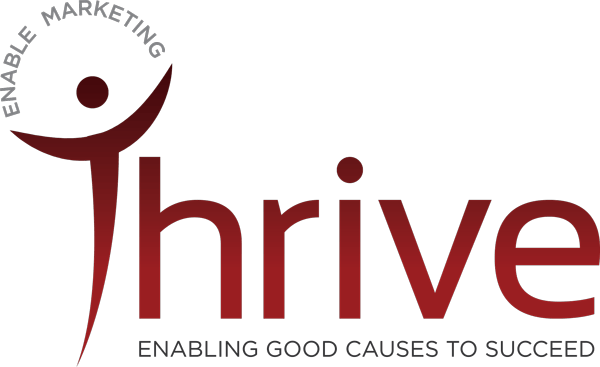Image source shutterstock.com and dreamstime.com
Every manager or business owner wants to know their return on investment (ROI) in social media, they might not be convinced of the value of it and even if they ‘get it’ they want the hard data to prove it. Most managers gauge the return of marketing their business online, through traditional objectives such as direct sales, cost reduction or increased market share, these can easily be measured but social media marketing isn’t traditional marketing. Expecting immediate results is very short term focused, developing meaningful relationships with customers takes time and a narrow focus ignores more qualitative objectives, such as the value of a tweet about your brand.
Hoffman and Fodor (2010) researched the title question and they found that yes you can measure the ROI. They believe that instead of just focusing on a company’s online marketing investment and calculating the returns in terms of customer response, ie sales, calculating return on investment should also focus on measuring the social media investment consumers make as they engage with a brand. Consumer investment is the number of visits, the time spent with the social media application and more active investments such as commenting on blogs, sharing on Facebook and tweeting about the brand. This approach incorporates the organisation’s short term goals such as increase in sales via a social media marketing campaign, but also the long-term returns of significant corporate investment in social media as part of an organisation’s digital marketing strategy.
Start with consumer motivation
They found to develop an effective social media campaign you must first consider consumer motivations to use social media. They identified the 4c’s that drive consumers use of social media and these are important as they lead to you creating a consumer-oriented framework.
1) Consumers use social media to Connect with friends and other consumers.
2) Consumers Create content by commenting on blogs, sharing on facebook or tweeting about a brand.
3) Users Consume online content such as watching video or reading articles.
4) Consumers are generally in Control of their own online environment (not the marketer), choosing what they do, when they do it and who they do it with.
Measuring Consumer Investment
This consumer-oriented framework measures the social media investment consumers make as they engage with a brand through various social media applications and is organised by 3 key marketing objectives that take advantage of the distinctive characteristics of social media.
1) ‘Brand Awareness’ among consumers. When a consumer uses a company social media application this increases exposure to its brand and often in highly relevant contexts.
2) Encouraging user generated content on a company’s social media application which involves commitment on the part of the consumer increases ‘Brand Engagement’. This reinforces loyalty to the brand and consumers are more likely to commit additional effort to support the brand in the future.
3) Once consumers are aware and engaged they are in a position to communicate their opinions to other consumers through ‘Word of Mouth’. Remember, there is no better recommendation than WOM but it works both ways and disgruntled consumers can share bad experiences of your brand and this needs to be managed.
To measure ROI a business can link this framework to an additional set of proxy benchmarks. For example this could be the likelihood of future purchases by a user engaged with the companies brand through a certain social media tool or the reach of a specific word of mouth element and subsequent conversion to sales in the future.
Take this approach!
This approach starts with consumer motivations making it easier for you to identify the most appropriate social tool to create effective social media campaigns that are much more closely tied to your customers online behaviour and more focused on your brands objectives. Put your brand to work for your customers by satisfying their needs to create, consume and control the social web. In a well designed campaign, consumers will spread viral videos, create additional brand related content, tweet about the brand and post about their experiences. Tracking these consumer investments allows you to measure your ROI for your social media marketing efforts both in short term gains but also in long term gains, building brand awareness and creating an engaged online community around your brand.
Hoffman, DL, & Fodor, M. (2010), Can you measure the ROI of your Social Media Marketing? MIT Sloan Management Review, vol. 52 no. 1, pp 41-49. [Accessed 10 April 2014]
- Minister Michael Ring Launches P. O’Connor & Son Website - April 19, 2018
- What Style Of Leader Are You? - October 26, 2016
- Mobile Friendly Websites Have Become Way More Important - October 17, 2016



